Upper Valley Regional Public Health Network
(New Hampshire-based public health emergency planning region)
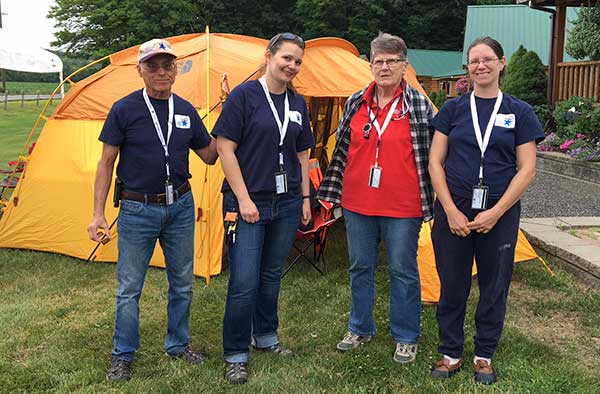 The Upper Valley Regional Public Health Network includes Canaan, Dorchester, Enfield, Grafton, Grantham, Hanover, Lebanon, Lyme, Orange, Orford, Piermont, and Plainfield. The Regional Public Health Network serves the approximately 44,600 people living in these communities.
The Upper Valley Regional Public Health Network includes Canaan, Dorchester, Enfield, Grafton, Grantham, Hanover, Lebanon, Lyme, Orange, Orford, Piermont, and Plainfield. The Regional Public Health Network serves the approximately 44,600 people living in these communities.
The Network provides leadership through the Regional Coordinating Council and coordination to improve the readiness of partners to mount an effective response to public health emergencies and threats. This work includes the maintenance of a Regional Public Health Emergency Annex, which includes plans for response to and recovery from public health emergencies that impact communities in the region. In addition, the Network works closely with hospitals, municipal emergency management directors, and other governmental, public health, and health care entities to plan for public health emergencies and ensure the provision of public health, medical, and behavioral health services before, during, and after an incident.
NH Contact Person: Nancy Kreis
Upper Valley Public Health Emergency Preparedness Coordinator, Upper Valley Medical Reserve Corps Co-Unit Leader, Nancy.e.kreis@hitchcock.org
Emergency Planning in South Central Vermont
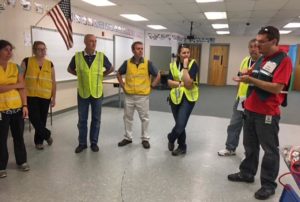 The Emergency Preparedness Specialist at the Springfield and White River Junction District Offices of the Vermont Department of Health assists local emergency response and preparedness organizations plan for public health emergencies, focusing on those that support our public health and healthcare network such as hospitals, nursing homes and clinics. Vermont Department of Health works with community health partners such as the Public Health Council of the Upper Valley and the Springfield Community Health Team, its district’s Local Emergency Planning Commissions (groups composed of response organizations, regional and community partners, health and public health entities), and its school supervisory unions to ensure planning, training and exercising are robust and serve all Upper Valley residents, including our most vulnerable populations. The Vermont Department of Health also funds and helps administer the Upper Valley Medical Reserve Corps, and provides oversight of emergency operations related to public health, such as distribution of medicines or assisting in recruiting surge capacity for hospitals in times of public health emergencies.
The Emergency Preparedness Specialist at the Springfield and White River Junction District Offices of the Vermont Department of Health assists local emergency response and preparedness organizations plan for public health emergencies, focusing on those that support our public health and healthcare network such as hospitals, nursing homes and clinics. Vermont Department of Health works with community health partners such as the Public Health Council of the Upper Valley and the Springfield Community Health Team, its district’s Local Emergency Planning Commissions (groups composed of response organizations, regional and community partners, health and public health entities), and its school supervisory unions to ensure planning, training and exercising are robust and serve all Upper Valley residents, including our most vulnerable populations. The Vermont Department of Health also funds and helps administer the Upper Valley Medical Reserve Corps, and provides oversight of emergency operations related to public health, such as distribution of medicines or assisting in recruiting surge capacity for hospitals in times of public health emergencies.
VT Contact Person: Misha McNabb BA, NRP
Public Health Specialist III: Emergency Preparedness
Vermont Department of Health, White River Junction
Upper Valley Medical Reserve Corps Co-Coordinator
Misha.McNabb@vermont.gov
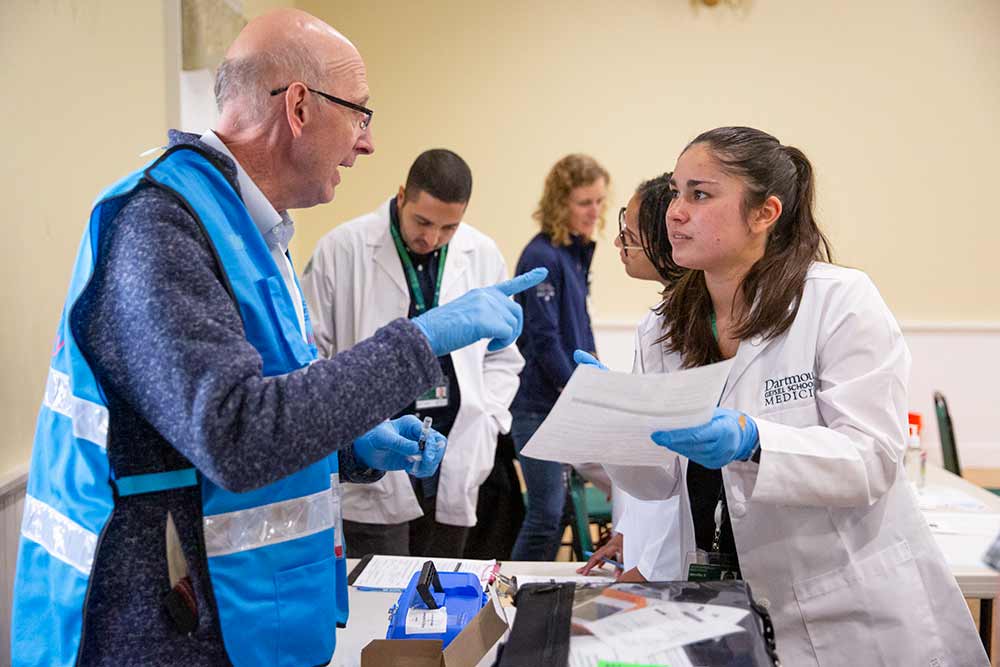




 The Upper Valley Regional Public Health Network includes Canaan, Dorchester, Enfield, Grafton, Grantham, Hanover, Lebanon, Lyme, Orange, Orford, Piermont, and Plainfield. The Regional Public Health Network serves the approximately 44,600 people living in these communities.
The Upper Valley Regional Public Health Network includes Canaan, Dorchester, Enfield, Grafton, Grantham, Hanover, Lebanon, Lyme, Orange, Orford, Piermont, and Plainfield. The Regional Public Health Network serves the approximately 44,600 people living in these communities. The Emergency Preparedness Specialist at the Springfield and White River Junction District Offices of the Vermont Department of Health assists local emergency response and preparedness organizations plan for public health emergencies, focusing on those that support our public health and healthcare network such as hospitals, nursing homes and clinics. Vermont Department of Health works with community health partners such as the Public Health Council of the Upper Valley and the Springfield Community Health Team, its district’s Local Emergency Planning Commissions (groups composed of response organizations, regional and community partners, health and public health entities), and its school supervisory unions to ensure planning, training and exercising are robust and serve all Upper Valley residents, including our most vulnerable populations. The Vermont Department of Health also funds and helps administer the Upper Valley Medical Reserve Corps, and provides oversight of emergency operations related to public health, such as distribution of medicines or assisting in recruiting surge capacity for hospitals in times of public health emergencies.
The Emergency Preparedness Specialist at the Springfield and White River Junction District Offices of the Vermont Department of Health assists local emergency response and preparedness organizations plan for public health emergencies, focusing on those that support our public health and healthcare network such as hospitals, nursing homes and clinics. Vermont Department of Health works with community health partners such as the Public Health Council of the Upper Valley and the Springfield Community Health Team, its district’s Local Emergency Planning Commissions (groups composed of response organizations, regional and community partners, health and public health entities), and its school supervisory unions to ensure planning, training and exercising are robust and serve all Upper Valley residents, including our most vulnerable populations. The Vermont Department of Health also funds and helps administer the Upper Valley Medical Reserve Corps, and provides oversight of emergency operations related to public health, such as distribution of medicines or assisting in recruiting surge capacity for hospitals in times of public health emergencies.